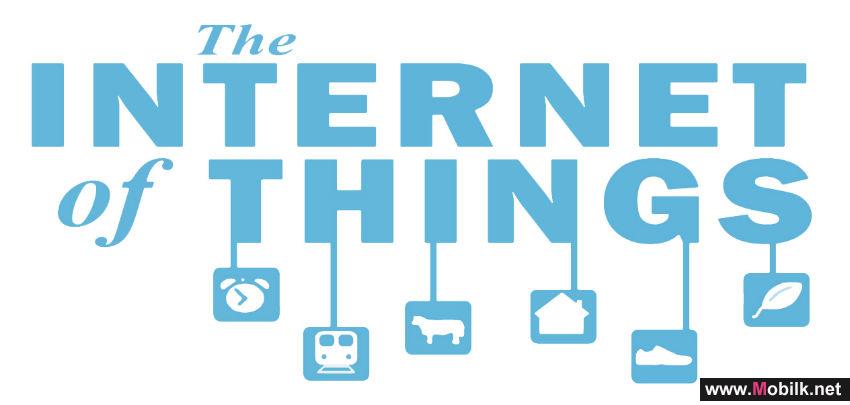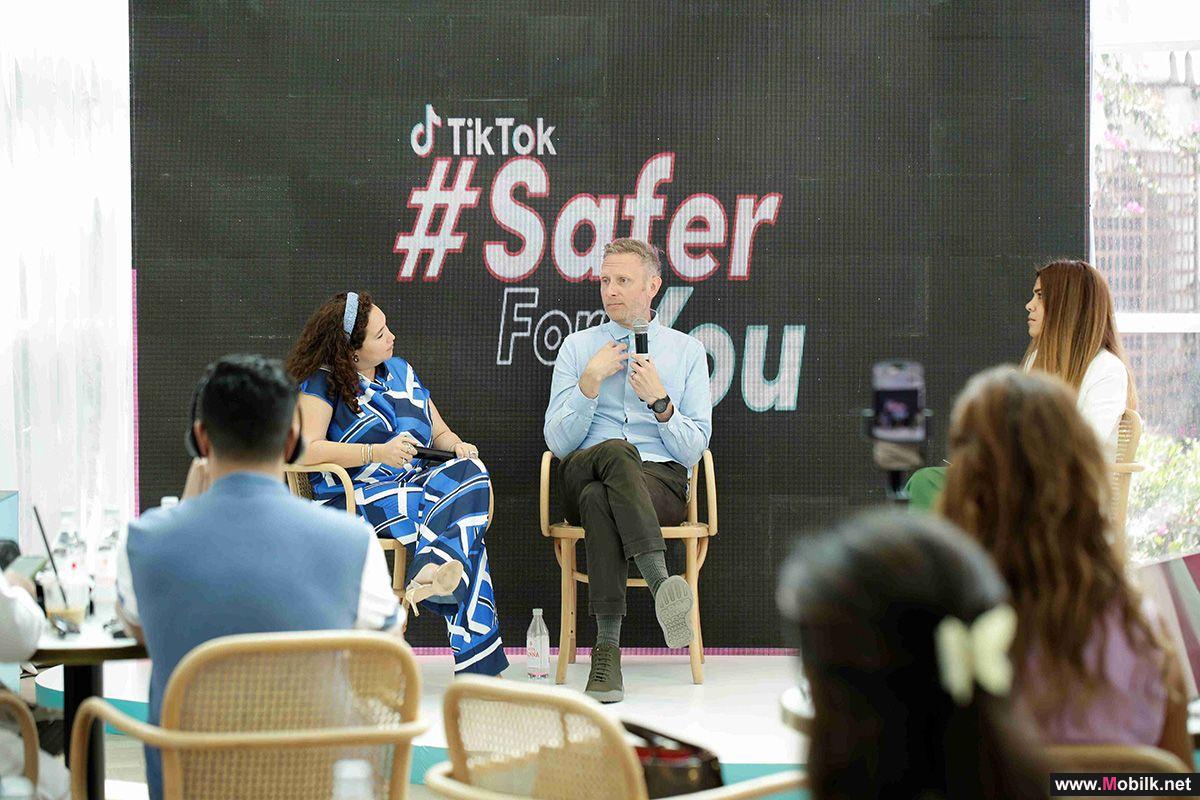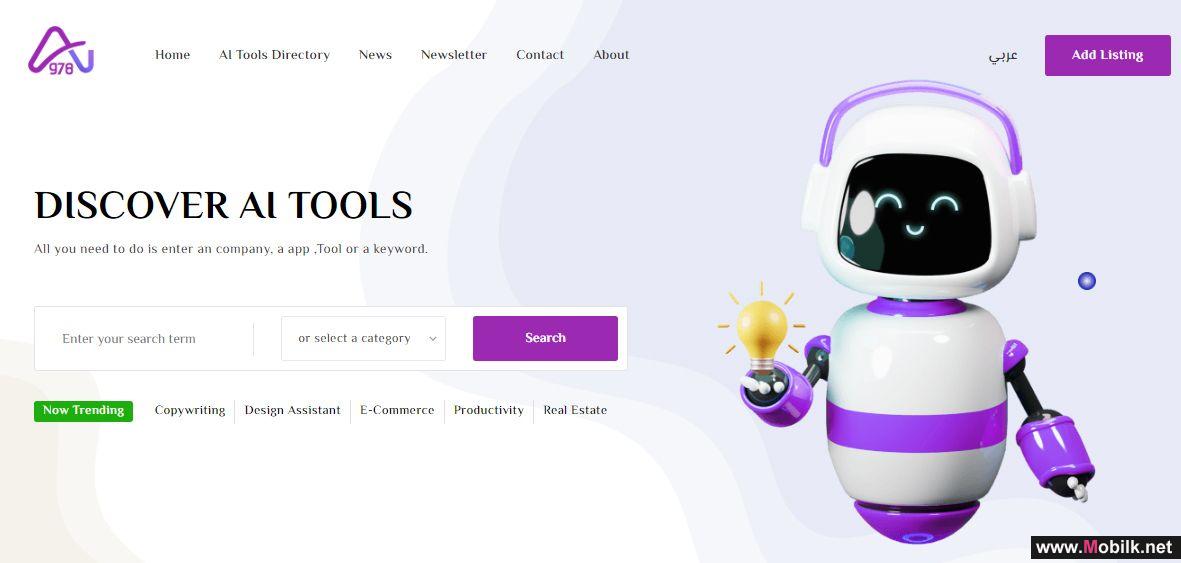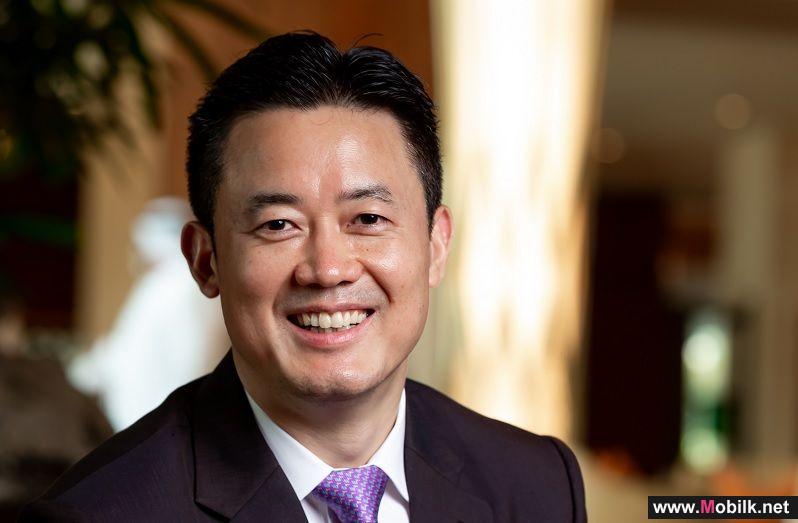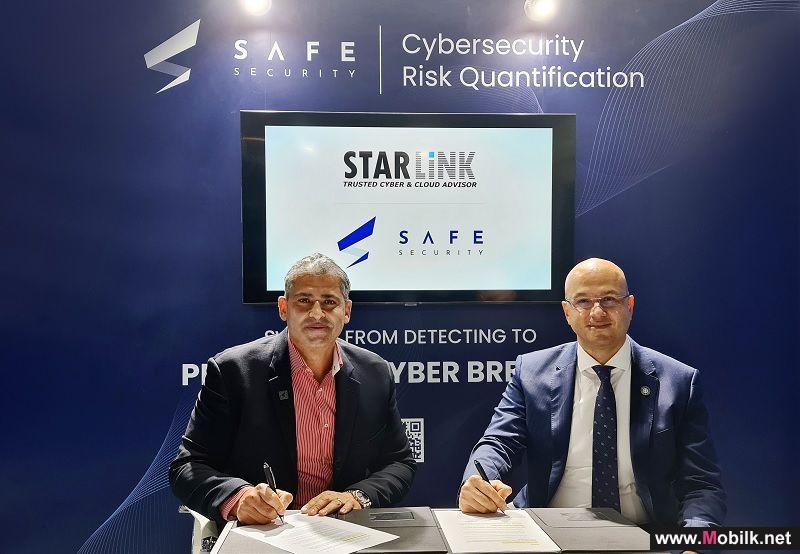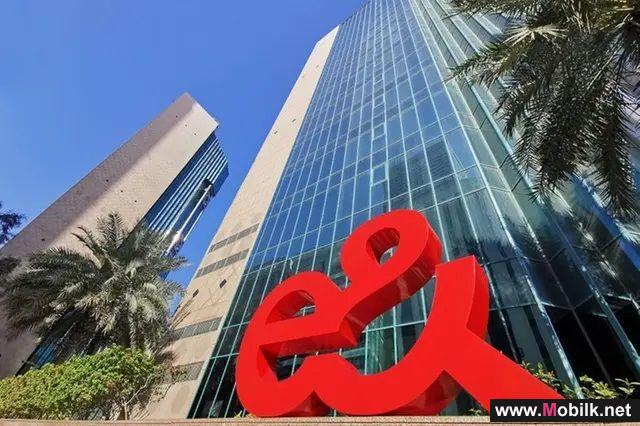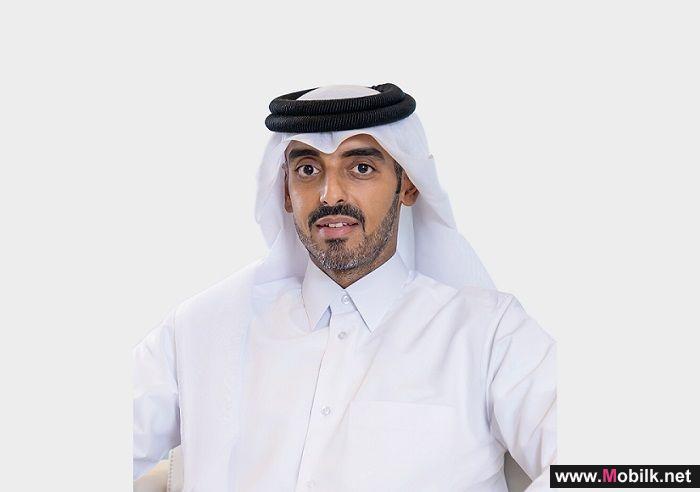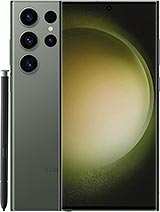THE ‘INTERNET OF THINGS’ INCREASES EXPOSURE AND RISKS OF BUSINESSES AND INDIVIDUALS TO CYBERATTACKS
Mobilk - While the innovation brought by the ‘Internet of Things’ (IoT) phenomenon leads to growth and convergence of processes, smart devices and data, IoT will significantly expose businesses and consumers to cyberattacks. Industry experts believe that any smart and computing devices can be compromised and serve as a backdoor for attackers into the enterprise because they are embedded with operating systems that are often not designed with security as a primary consideration.
According to Gartner, Inc., a leading information technology research and advisory company, by 2020, the sum of all connected things is estimated to reach 25 billion. In addition, the number of connected things that will be in use in 2015 will reach 4.9 billion representing a huge 30% increase from last year.
Of that, 2.9 billion are those that will be in use by the consumer sector, while the automotive sector will record the highest growth rate of 96%. As far as industrial sector is concerned, manufacturing, utilities and transportation are the top three verticals that will have 736 million connected things in use in 2015. However, the cybercriminal ecosystem is exploring IoT in these sectors as new attack vectors.
IoT is one of the many topics that will be dissected and debated at the 3rd Gulf Information Security Expo & Conference (GISEC) scheduled to take place from 26-28 April 2015 at the Dubai World Trade Centre (DWTC).
Challenges ahead
With the consumer, automotive and industrial sectors having been identified as those that will drive the immense growth of IoT, Cisco, an acknowledged worldwide leader in IT, has warned that while IoT presents conveniences to individuals and organisations, greater challenges await companies and those responsible for defending the network from cybercrimes.
IoT is defined as the network of dedicated physical objects (things) that contain embedded technology to sense or interact with their internal state or external environment. It comprises an ecosystem that includes things, communication, applications and data analysis.
“As organisations continue to seek ways to capitalise on the vast opportunities that IoT brings, the number and type of attack vectors will only continue to expand,” said Philippe Roggeband, Business Development Manager of Cisco Security Architecture and one of the keynote speakers at GISEC.
Roggeband will be delivering his keynote presentation on day two of GISEC conference, 28 April 2015. He will be zeroing in on the topic of ‘What do we need to make IoT security a reality?’, where he will reveal valuable insights on achieving the immense business benefits of IoT through a highly robust and secure network infrastructure, the big impact of small devices: how do you ensure the security of smart things, and the need for a new security model.
“Currently, cybercriminals use various methods to attack organisations and gain access to their networks. These include using malware, DDoS and botnets to name a few,” he added. “Meanwhile, attacks on individuals ranges from identity theft, cyberstalking and hacking to steal valuable data, money or photographs. The methods used could be malicious software from emails, website links and social media, phishing and password theft. On the other hand, attacks on government usually come from terror groups, other unfriendly nations or hacktivists where they hack government systems, military facilities or government websites to circulate propaganda.”
On day one of GISEC conference, 27 April 2015, Les Anderson, Vice President Cyber, BT, will discuss threat scenarios from ‘IoT’ and ‘Software Defined Networks’ including next steps to protect against next generation of attacks. Also, Hani Nofal, Executive Director, Intelligent Network Solutions, GBM, will share his thoughts on connected chaos within the internet using anonymity and sharing devices.
GISEC is the region’s leading I.T. security platform. It will address key issues surrounding cybersecurity management, identity management and disaster recovery. The event will likewise address susceptible industry sectors such as financial services, governments, oil & gas, I.T. and pharmaceuticals as well as for individuals. GISEC’s exhibition segment will also showcase over 150 exhibitors, attracting over 5,000 trade visitors and security professionals from 50 countries including Chief Information Security Officers (CISOs) and Chief Information Officers (CIOs).
Key sponsors of GISEC include BT Global as the Lead Sponsor; GBM as Diamond Sponsor; CISCO and Spire Solutions as Platinum Sponsors; and Etisalat, Paladion Networks, Palo Alto Networks as Gold Sponsors; and Fortinet, Guidance Software, Paramount and Qualys as Silver Sponsors. Key exhibitors also include Airwatch, Airbus Defence & Space, Neustar, Bit 9, Cyberroam, Splunk, Lancope, Mindware,
Powered by GITEX TECHNOLOGY WEEK, the region’s leading technology event, GISEC and GEMEC are strictly trade-only events and are open to business and trade visitors from within the industry only. GISEC and GEMEC are open 10am-6pm from 26-28 April 2015 at Sheikh Rashid Hall at Dubai World Trade Centre. Visitor attendance is free of charge. For more information, please visit www.gisec.ae.
Events
TikTok MENA hosted an insightful panel discussion on May 29, delving into the important topics of online safety and digital well-being for teens. The..
Events
Developway company has announced the launch of the "978ai.com" guide for artificial intelligence tools in both Arabic and English, to meet the..
Events
As enterprises in the Middle East progress in their digital transformation mindset, Charles Yang, SVP of Huawei and President of Global Marketing..

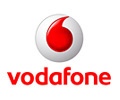 Vodafone Oman
Vodafone Oman Emirates Telecom
Emirates Telecom 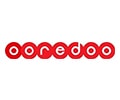 Ooredoo Om
Ooredoo Om Ooredoo Qa
Ooredoo Qa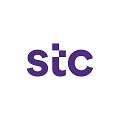 stc Bahrain
stc Bahrain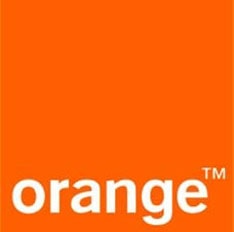 Orange Egypt
Orange Egypt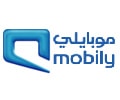 Mobily
Mobily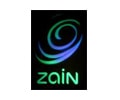 Zain Jo
Zain Jo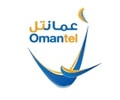 omantel
omantel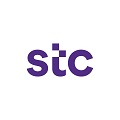 STC
STC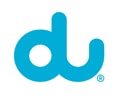 Emirates Du
Emirates Du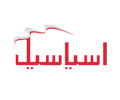 Asiacell
Asiacell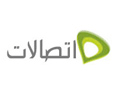 Etisalat Egypt
Etisalat Egypt 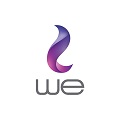 Telecom Egypt
Telecom Egypt jawwal
jawwal Orange Jo
Orange Jo Umniah
Umniah Zain Sa
Zain Sa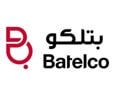 Bahrain Batelco
Bahrain Batelco Zain Bh
Zain Bh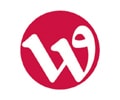 Wataniya palestine
Wataniya palestine Kuwait Viva
Kuwait Viva  Zain Kw
Zain Kw Vodafone Qa
Vodafone Qa MTN Syria
MTN Syria Syriatel
Syriatel Sabafon
Sabafon Zain Iq
Zain Iq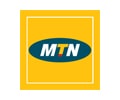 MTN Yemen
MTN Yemen Ooredoo Kw
Ooredoo Kw Vodafone Egypt
Vodafone Egypt 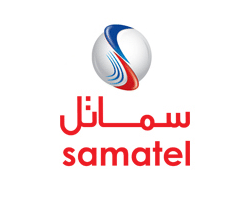 Samatel
Samatel Huawei
Huawei Samsung
Samsung MOTOROLA
MOTOROLA Lenovo
Lenovo Alcatel
Alcatel LG
LG Nokia
Nokia Sony Ericsson
Sony Ericsson HTC
HTC BlackBerry
BlackBerry Siemens
Siemens Acer
Acer Sony
Sony Asus
Asus VK
VK APPLE
APPLE BenQ-Siemens
BenQ-Siemens Sagem
Sagem Eten
Eten HP
HP Panasonic
Panasonic Amoi
Amoi Toshiba
Toshiba Sharp
Sharp Sonim
Sonim Bird
Bird Mitac
Mitac Philips
Philips Vertu
Vertu Pantech
Pantech Micromax
Micromax Haier
Haier Maxon
Maxon I-mate
I-mate Gigabyte
Gigabyte I-mobile
I-mobile Kyocera
Kyocera BenQ
BenQ Microsoft
Microsoft Telit
Telit Connect
Connect Sendo
Sendo SEWON
SEWON Mitsubishi
Mitsubishi NEC
NEC DELL
DELL Thuraya
Thuraya Neonode
Neonode Be
Be Qtek
Qtek Bosch
Bosch Palm
Palm MWG
MWG Fujitsu Siemens
Fujitsu Siemens XCute
XCute WND
WND INQ
INQ O2
O2 Innostream
Innostream Benefon
Benefon Google
Google



